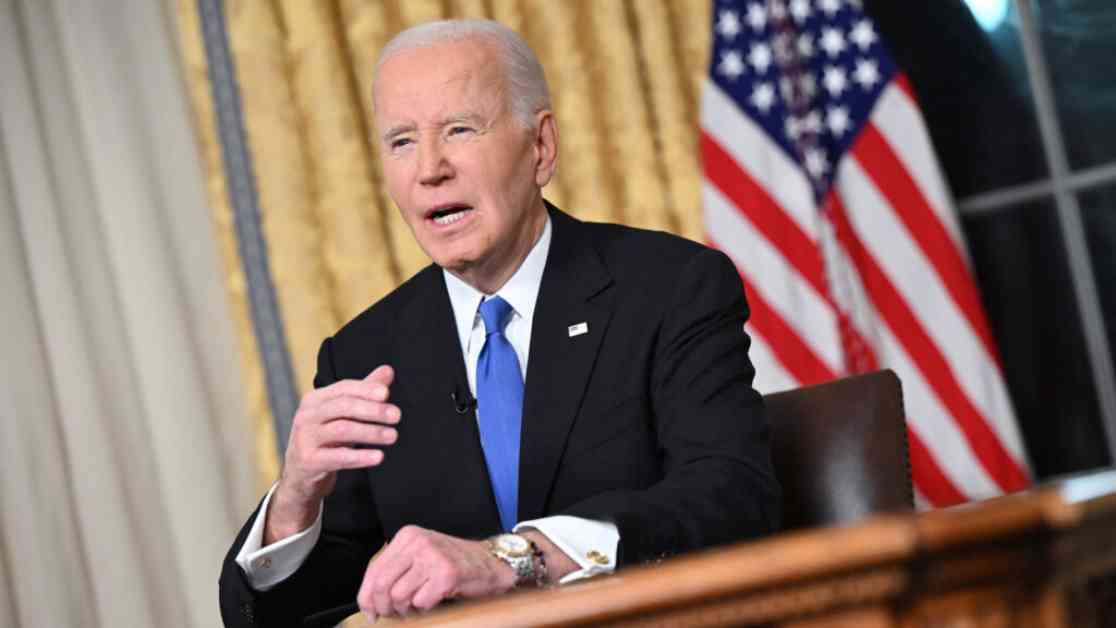Expanding Access to Addiction Treatments: Biden Administration’s Efforts
The Biden administration is making significant strides to expand access to addiction treatment, solidifying its legacy of support for innovative approaches to reduce drug-related harms. In the past month, several regulatory actions have been taken to enhance or guarantee access to evidence-based interventions for substance use disorders. While each individual policy may not mark a drastic change in addiction medicine, the collective impact of these three actions underscores the administration’s commitment to treatment.
The Emphasis on Harm Reduction
Unlike previous administrations, the Biden government has shown strong support for harm reduction strategies, which focus on minimizing the harm and diseases associated with drug use without demanding immediate abstinence from substance users. Over the last four years, federal support has been evident in initiatives such as syringe exchange programs, the use of fentanyl test strips, and other harm reduction techniques. Additionally, access to medications like methadone, buprenorphine, and the overdose-reversal drug naloxone has been expanded, with naloxone even approved for over-the-counter use by the FDA in 2023.
Focusing on Buprenorphine
Recent weeks have seen three federal agencies take steps to cement this legacy, with a crucial announcement on Dec. 26 by the FDA potentially having a significant impact. The FDA formally acknowledged that many patients may require higher doses of buprenorphine, a common medication for treating opioid addiction, than what is currently recommended on the label. This recognition is vital as buprenorphine and methadone play essential roles in combating opioid overdoses, especially in the era of fentanyl.
Enhancing Access through Telemedicine
In another move to bolster buprenorphine availability, the Drug Enforcement Administration announced a regulation permitting licensed prescribers to continue providing buprenorphine via telemedicine. This policy allows patients to receive the medication for six months before requiring an in-person examination. The DEA aims to balance patients’ ease of access with necessary safeguards for their safety.
The Substance Abuse and Mental Health Services Administration also made a significant change in regulating contingency management, a behavioral health intervention that rewards individuals for reducing drug use. By increasing the funding cap for this service from $75 to $750, SAMHSA hopes to encourage wider adoption of contingency management, particularly for cocaine and methamphetamine addiction.
While drug-related deaths have been on the rise in recent years, the Biden administration’s efforts signal a shift in U.S. drug policy towards greater access to addiction treatments and a focus on harm reduction strategies. As the administration’s term comes to an end, its legacy in the realm of addiction medicine is poised to make a lasting impact on individuals and communities struggling with substance use disorders.

















